|
After searching through the historic buildings in Nangang I became aware of a certain mine in the mountains. This mine is only one of hundreds of abandoned coal mines in Taiwan, as the coal mining industry has essentially been shut down. From what I have found, coal mines have not been covered extensively in the blogsphere. Some notable English blogs on the subject are from the blog Over the City, featuring two blogs about coal mines, here and here.
However, the best blog about coal mines is by Taiwanese Blogger Willy Chang, the Shepherd's Wolf. 我不會把這篇翻成中文因爲“放羊的狼”已經寫了一篇更完整的中文部落格。 History of Coal Mining in Taiwan: Before I show you my adventure, I’d like to give a background of the coal mining industry in Taiwan. If you aren’t interested, you can just skip this section. Coal mining in Taiwan started during the Dutch rule, starting in Keelung and Tamsui. The Dutch started mines there, but didn’t have sufficient transportation infrastructure to move large amounts of coal. The Koxinga era didn’t see much coal mining. After the Qing dynasty took back Taiwan following Koxinga and his son’s death, the government strictly banned mining of any kind in order to restrict the people from hiding in the mountains and starting rebellions. Despite this, coal was still mined and sold in on the black market in Taiwan. During and after the Opium wars, many English and Americans scouted Taiwan for possible coal deposits. In 1864, despite the ban on coal mining, there was at least 4315 tons of coal exported out of Taiwan. Pressure from western countries to open ports in Asia that had water and coal available to power steam ships forced the Qing government to finally allow legal coal mining in 1870. After the ban was lifted, the size of coal mining operations was still very small. In 1874, due to Japanese influence, Liu Mingchuan convinced Beijing to allow advanced mining machinery in Taiwan, starting in Baodouzi, Keelung, and new mines were started under government control. During this time, many miners died due to poor and unsanitary working conditions and the fact that the government officials running the mines were inexperienced and did not run effective operations. During this time, infrastructure and railways were lacking in Taiwan, halting transportation of coal. By 1892 after the Sino-French war, government owned mines were closed and the industry became privatized. In 1895, Taiwan produced more than 10,000 tons of coal. By this time, Liu Mingchuan had constructed the Keelung-Xinxhu railway, helping alleviate the coal transportation problem. In 1895 Japan took control of Taiwan and Penghu as a result of the Sino-Japanese war, and began to survey the forests and geography to maximize capitalist gains for the empire. Coal would be an important part in industrializing the Empire, as it was the major fuel source at the time. In 1896 Japan opened the coal mining industry to the public, and the next year the price of coal doubled, as demand increased. But as local know how and technology was lacking, imported coal from Japan was actually cheaper than producing it in Taiwan. However in 1906 the coal industry in Taiwan gradually improved. New mining machinery moved to Tianliao, Keelung to support Japan’s Naval fleet. Sugar factories in southern Taiwan also needed a constant supply of coal. During the First World War, the Empire of Japan became an important supplier of coal to western countries fighting in the war, and Taiwan’s coal exports gradually increased. In 1917-1918, Japan opened 194 new coal mines in Taiwan. They also built the Pingxi Railway which became the most productive site for coal mining, in its heyday producing 220,000 tons of coal per year. (The Taiwan coal mine museum now lays here, along withHoutong cat village). However, after World War I ended, the demand for coal declined, many mines closed, and there was widespread overproduction. But as industrialization continued in Taiwan, so did the demand for coal. To keep production going constantly, Japan provided subsidies to coal mines. At the start of the second Sino-Japanese war, demand for coal rose dramatically, as did the price of coal. But also due to losses of manpower during the war, coal production saw a huge drop. In 1945 Japan lost the war and Taiwan and Penghu were given back to China. Not long after this, the remaining government owned mines were transformed into the Taiwan mining company, but by then mining had all but stopped. However by 1949 after the KMT retreated to Taiwan, Taiwan became an important economic partner with America, and coal production began to soar to 1,650,000 tons of coal in 1951, mainly to fuel Taiwan’s coal power plants and other large industries. With economic support from the USA, new mines started opening. In 1960 Taiwan produced 4 million tons of coal. Due to demand and the free market, coal mines gradually started closing and production went down, until by 1964 Taiwan produced only 2.8 million tons of coal. In 1969 Taiwan Power started using gas power plants which were cheaper than coal, lowering demand. By 1977 Taiwan had produced only 2 million tons of coal. During this time, Taiwan also improved safety regulations for coal mines, but accidents still kept happening, forcing the government to close quite a few mines. Here is a list of mining incidents in Taiwan. The lone survivor of one1984 mining incident that killed 93 people survived by cannibalism and drinking pee over a period of 90 hours inside the mine. He later said that if he had to do it all over again, he would still have eaten his coworkers. Local coal soon became more costly to mine than just importing it. In the year 2000, Sanxia’s Lifeng Mine shut down operations, and Taiwan’s mining company closed, and thus all coal mining in Taiwan effectively stopped. History of Xinfeng Coal Mine:
Xinfeng Mine Ltd. officially opened in 1965, shut down operations in 1984, and was liquidated in 2008. This I found by searching the government’s website.
For further information, I rely on Willy Chang’s blog, the most complete source about Taiwan coal mines that is easily accessible on the web. He has access to numerous Chinese print source materials, so I trust that his facts our correct. His blog has over 270 posts on Taiwan coal mines. If you don’t mind reading a bit of Chinese, you should go check out his blog: The first mine at the site was called Yuanfa Coal mine, and then it changed its name to Fuyuan Coal Mine, before becoming Xinfeng mine. The mine itself started in 1951 and ran for 34 years, and a total of 223,718 tons of coal were mined during its lifetime, for an average of 6,579 tons per year. My Journey: The first time I came here, I didn’t find any trail leading up to the mine, so I gave up. After reading Willy’s blog again, I found that you have to walk through the Wang family’s house to get to the mine. The family owns the land the the mine now rests. I asked permission from a young man working there if I could go see the mine, and he said it was fine. I got lost the first time, going straight when I should have taken a right. The mine is down in the ravine, and is pretty easy to find. I was surprised to find though that the mine had become much more overgrown than Willy’s last visit in 2012.
After crossing the small stream, the first the I came across was the mine itself. You can see that the top of the mine, the bricks that once held the name of the mine itself, have been knocked down and have fallen to the cave entrance. I don't know if it was vandals or what, but it doesn't seem likely that the bricks just fell down on their own.
Inside the tunnel, it was dark, but clean. The insides looked pretty intact.
Here is a video of my original walk to the mine, as well as waling in the mine tunnel:
I tried to go deeper into the tunnel but chickened out. I was afraid of dropping my only light source, my iPhone, into the water, so I turned back.
The next place I found was the electrical control house.
Everything had been torn out of the electrical control room.
Someone forgot their shirt on the window.
Fallen electric pole.
Behind the electrical control house is the mine office building, which is exactly the same as when Willy went there in 2012, just there is a lot more vegetation.
Yes, it was raining. But that never stops a good urban explorer!
An abandoned desk surrounded by fallen roof panels.
Broken roof. I’m not sure if this building ever had complete walls.
Crates of forgotten booze.
Rusted natural gas can.
Records that probably can still be played.
A table cloth and bun steamer lost in the dirt.
Toothpaste. I think.
A pile of abandoned mining helmets.
Forgotten fridge and fan.
Really old bottle of Apple Cidra. And a flip-flop.
Basket of empty booze.
TV taken in by nature.
Kitchen and helmet rooms.
Office and rock retention wall.
Saying goodbye to Xinfeng mine. I had to snap that branch in half to get a decent photo. So much for leaving no trace.
On the way home, I caught this view next to Academia Sinica Road.
Conclusion: Exploring this place was fun, and I was glad that the owners of the property were so willing to let me in. Taiwan is full of these abandoned mines, many of which are slowly being swallowed by the jungle and forgotten, with no one to care about their historic meaning or their whereabouts. I’m glad that we can help document these decaying monuments and help the English community around the world learn a little bit more about Taiwan’s past and present. Please like, comment, and share!
0 Comments
Your comment will be posted after it is approved.
Leave a Reply. |
Author 作家I am an American expat who has extensive experience living, working, and traveling in Taiwan. In my day, I had to learn many things about Taiwan the hard way. But I have come to learn that Taiwan is one of the best places in the world for Foreigners to live. This blog does not represent the opinions of every foreigner in Taiwan. I am just trying to help others learn more about this beautiful country. Tutor ABC - World's No. 1 Online Platform for learning English and Chinese. Get 10% off all Tutor ABC website listed prices with promo code: FOREIGNERS10 Tutor ABC - 世界第一英語和中文線上學習平台 使用促銷代碼: FOREIGNERS10 可享有 Tutor ABC 網站上列出的所有價格 10% 的折扣 Archives 檔案
April 2024
Tutor ABC - World's No. 1 Online Platform for learning English and Chinese. Get 10% off all Tutor ABC website listed prices with promo code: FOREIGNERS10 Tutor ABC - 世界第一英語和中文線上學習平台 使用促銷代碼: FOREIGNERS10 可享有 Tutor ABC 網站上列出的所有價格 10% 的折扣 Categories
|

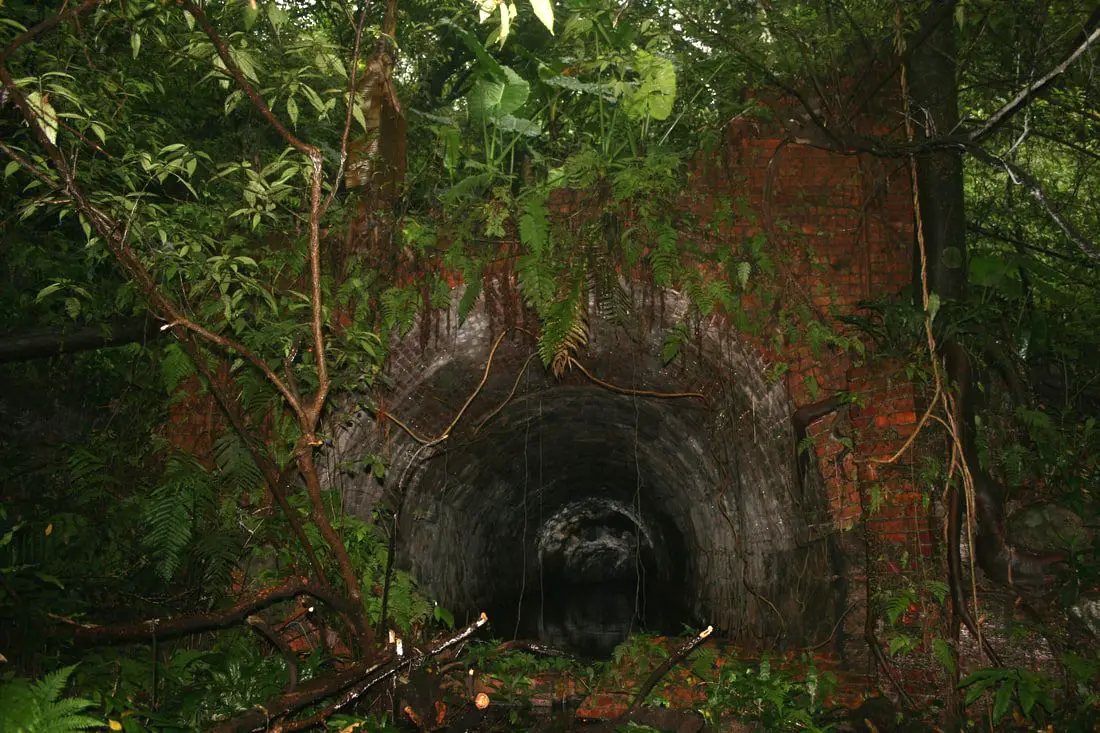
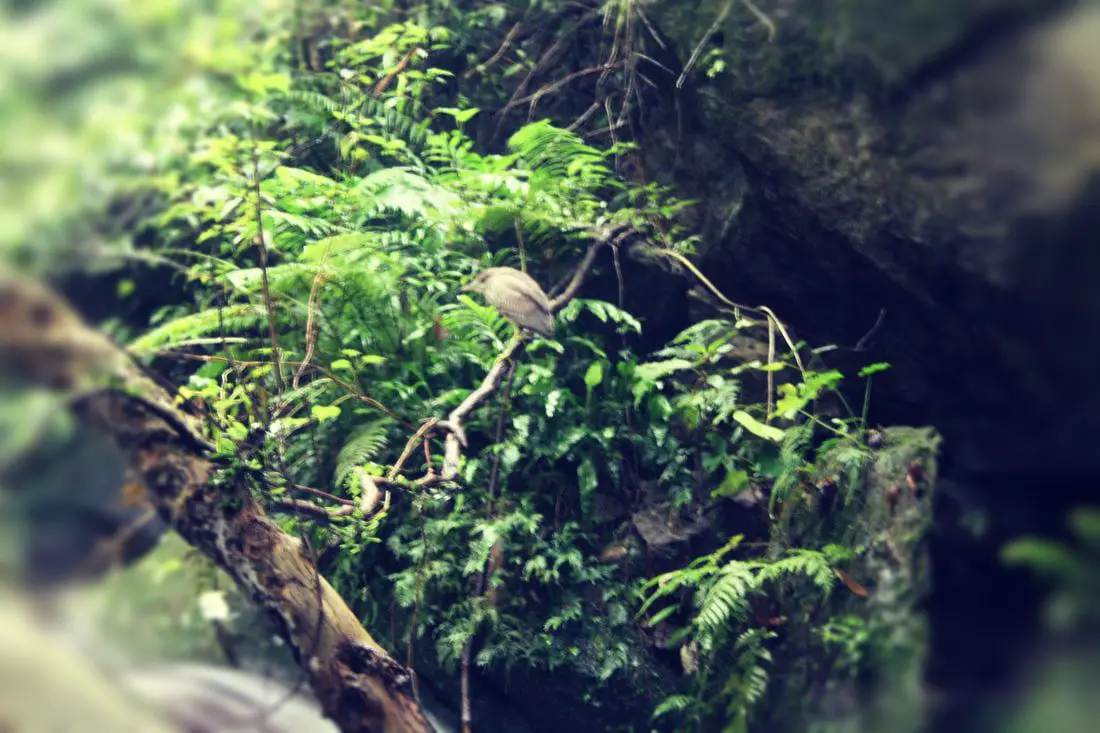
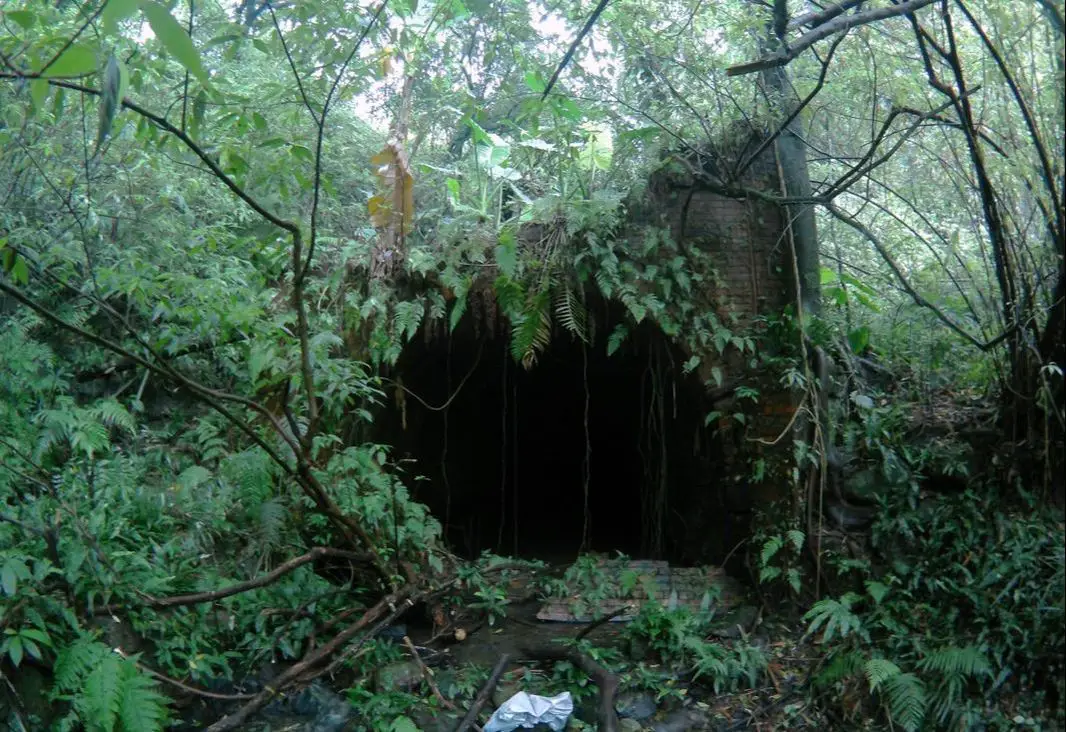
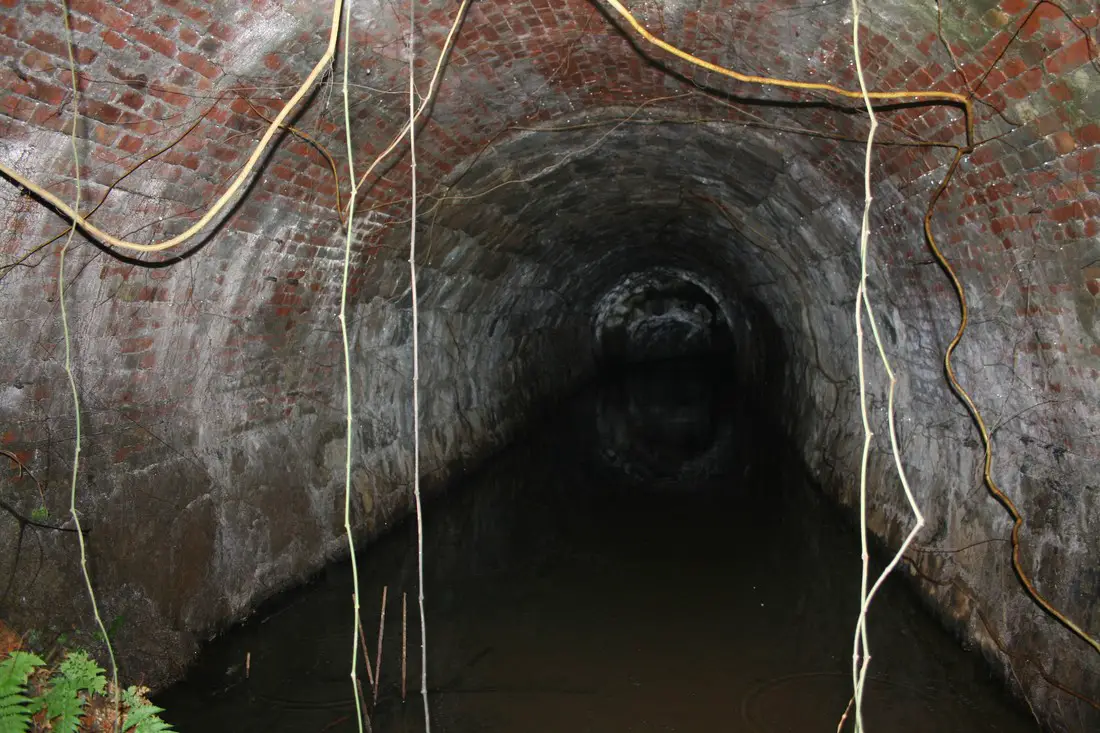
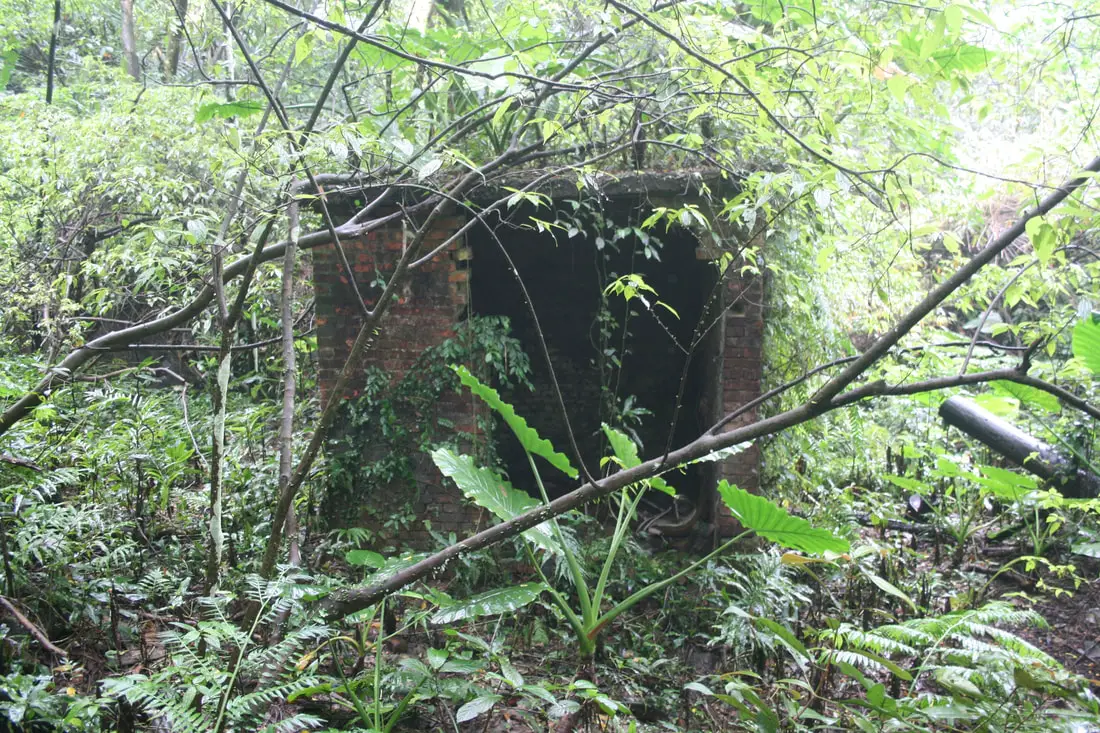
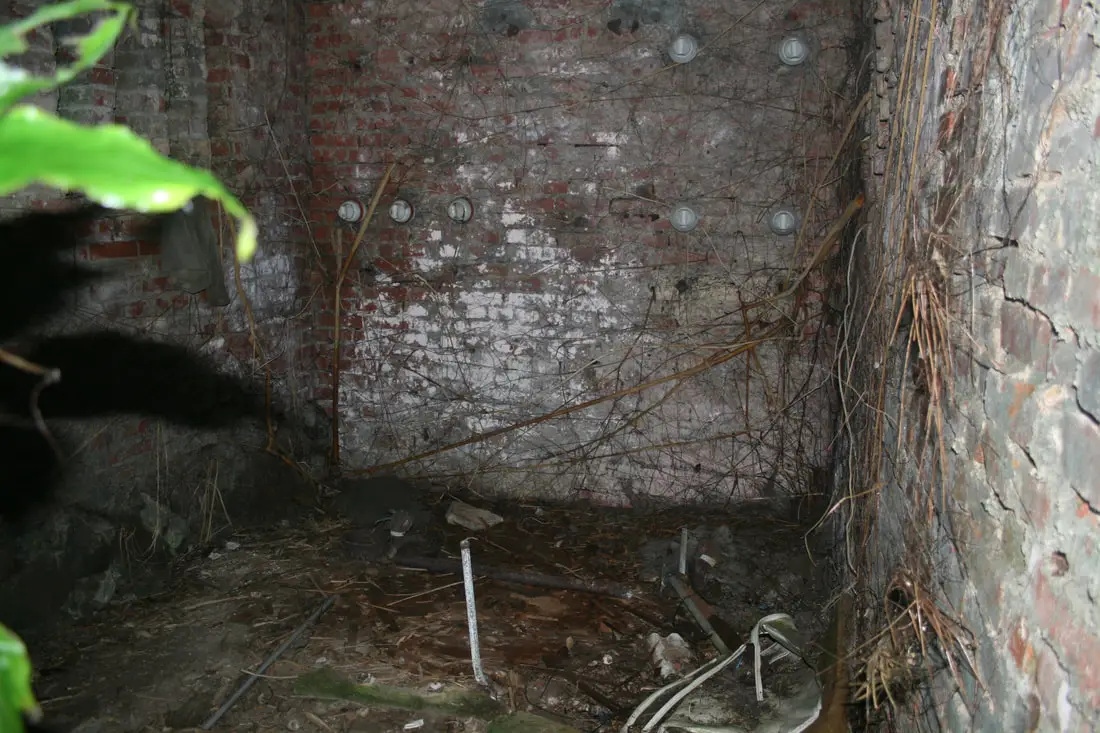
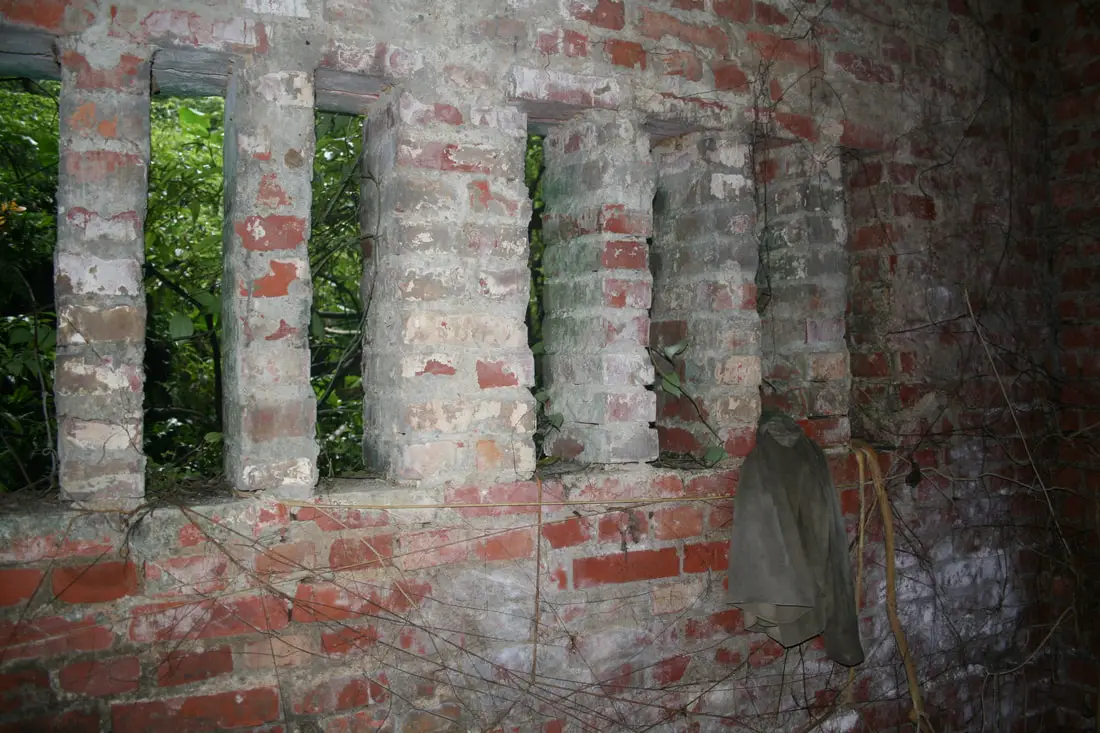
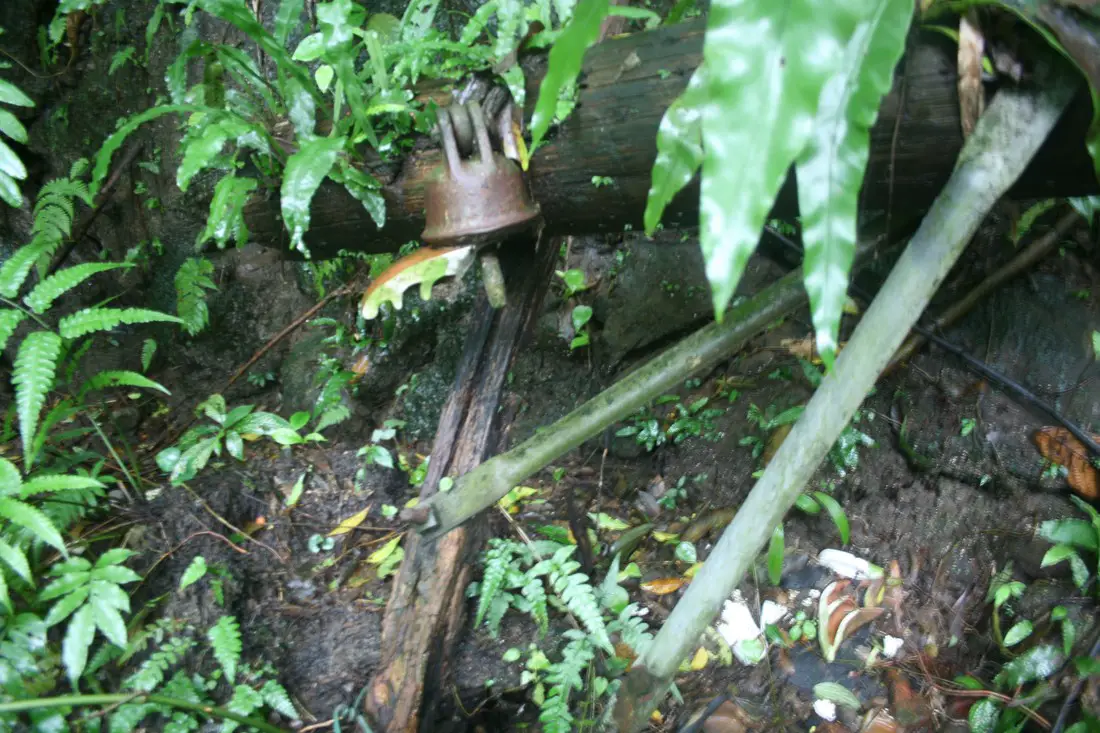
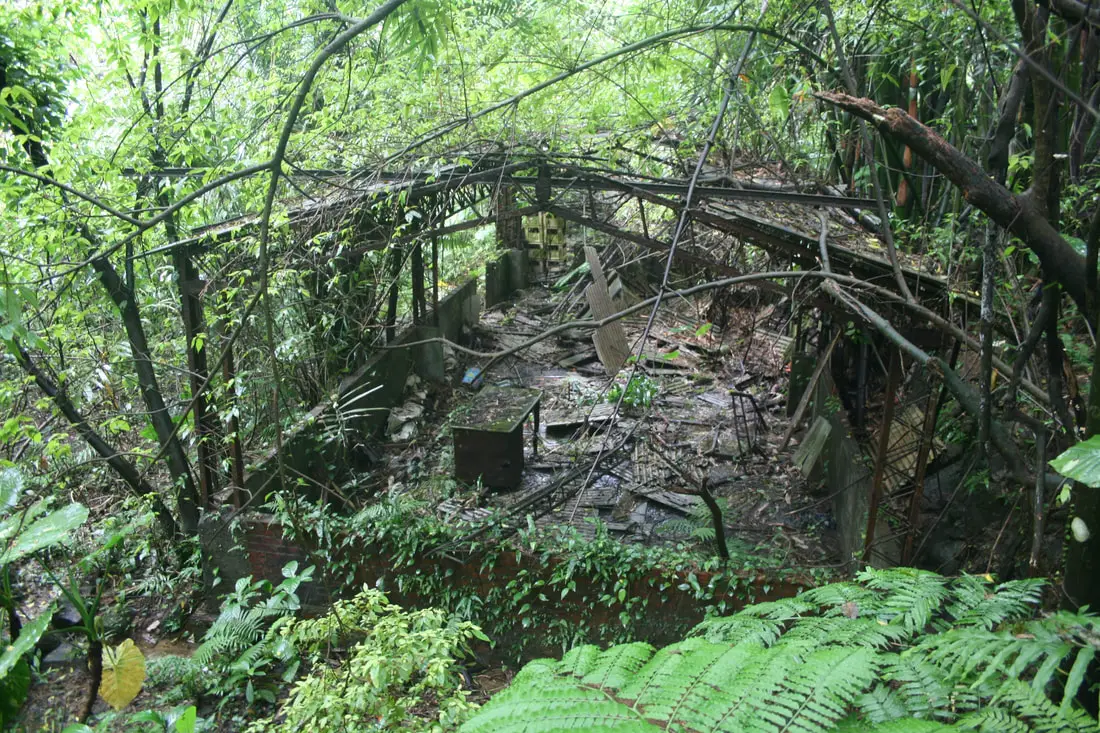
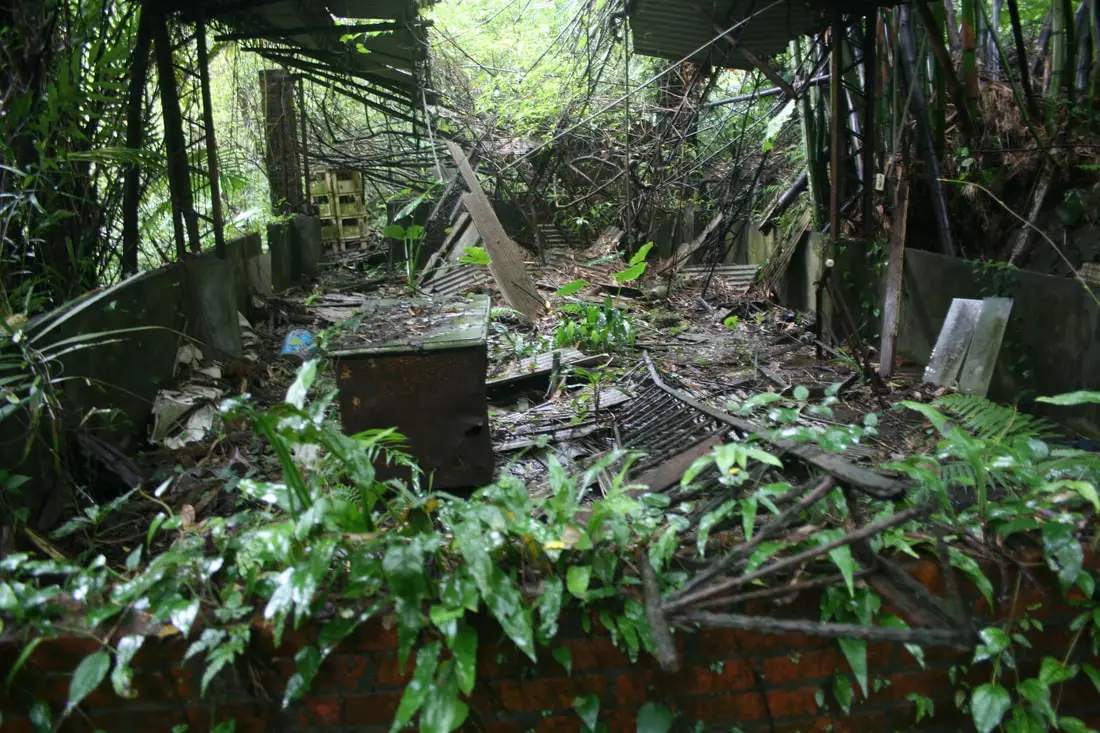
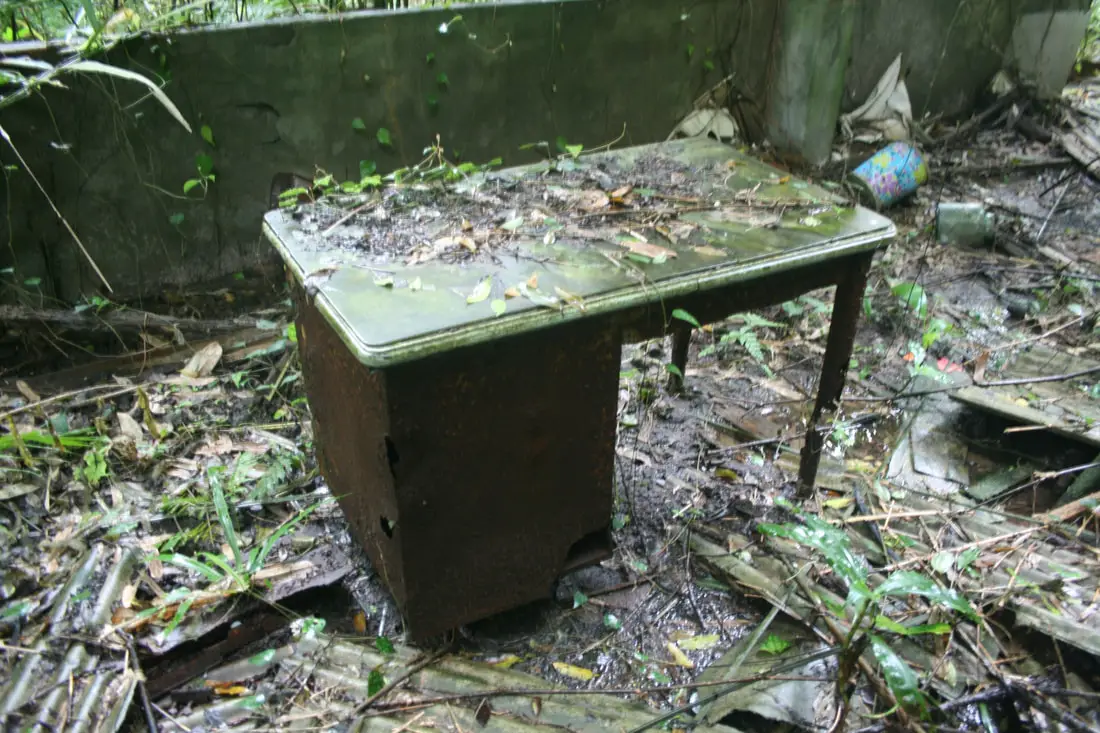
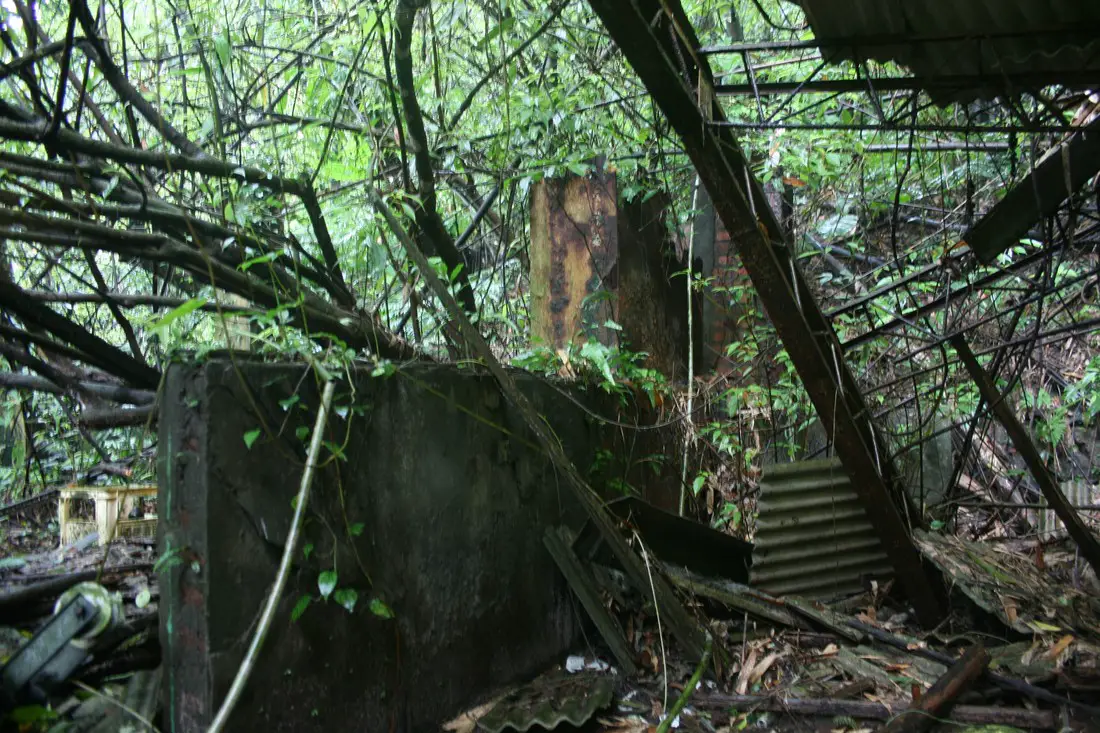
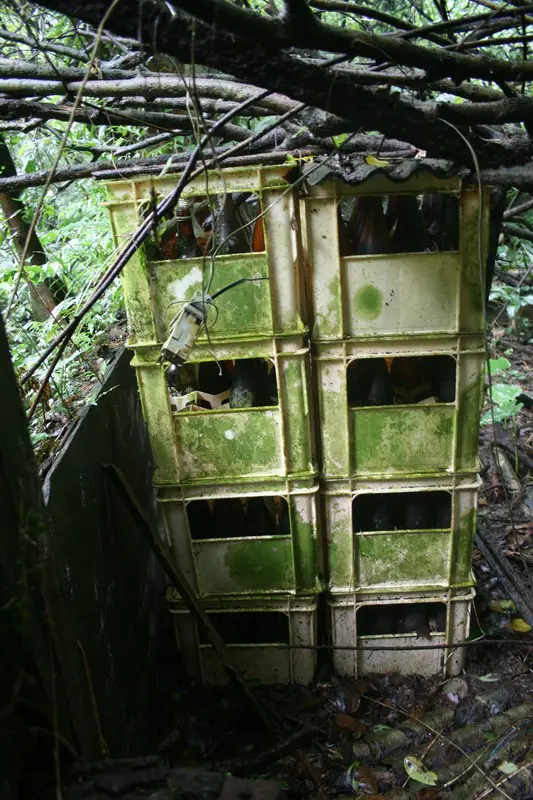
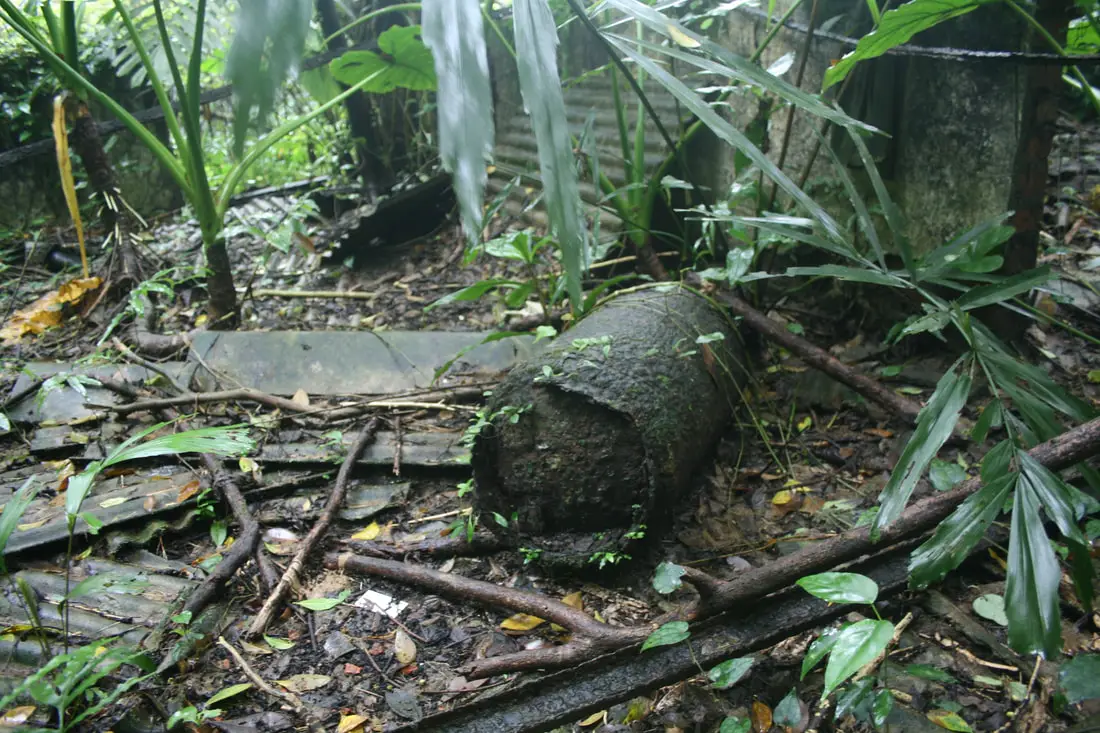

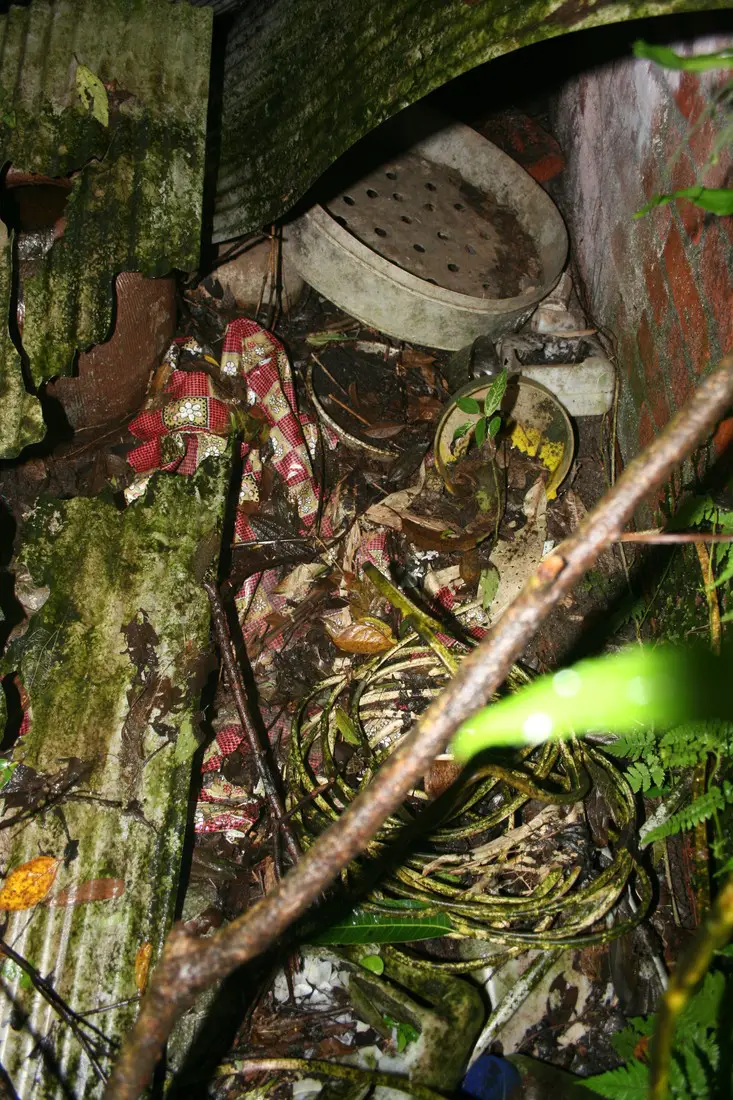
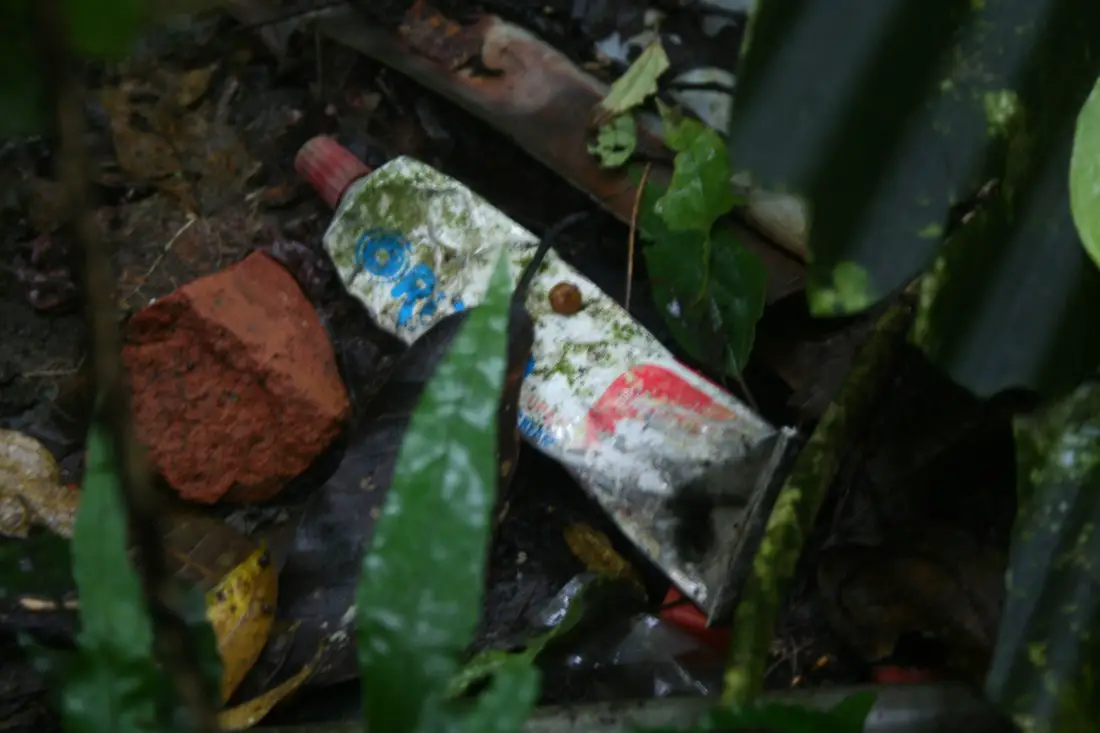
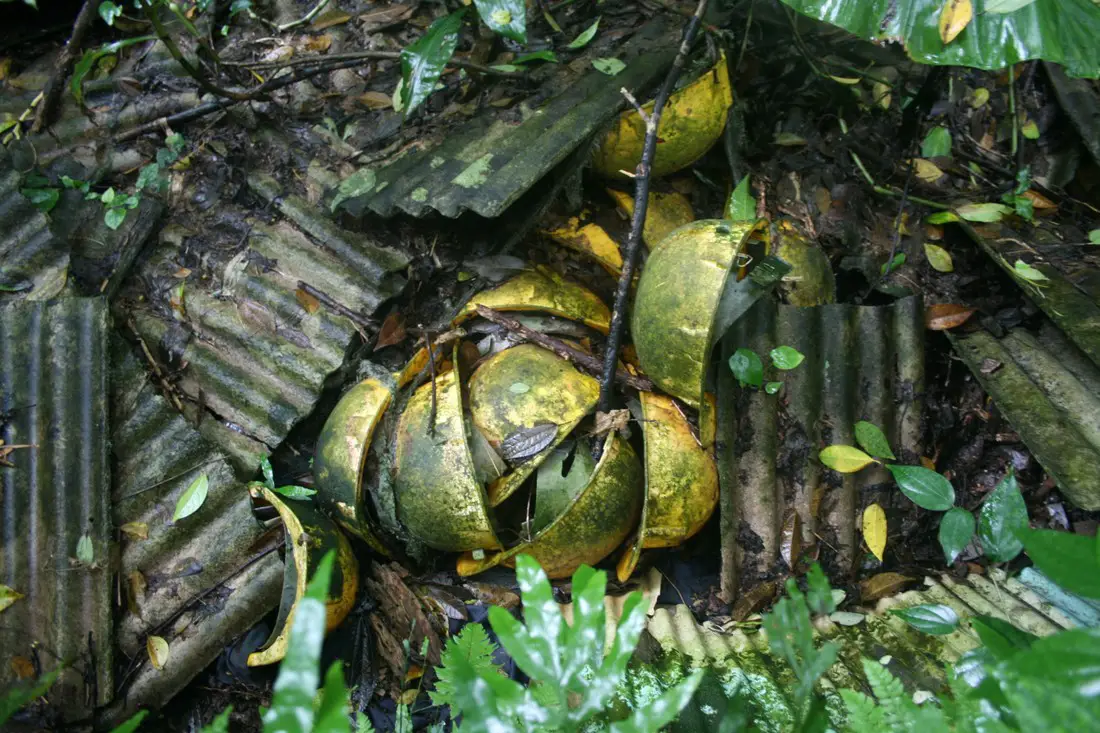
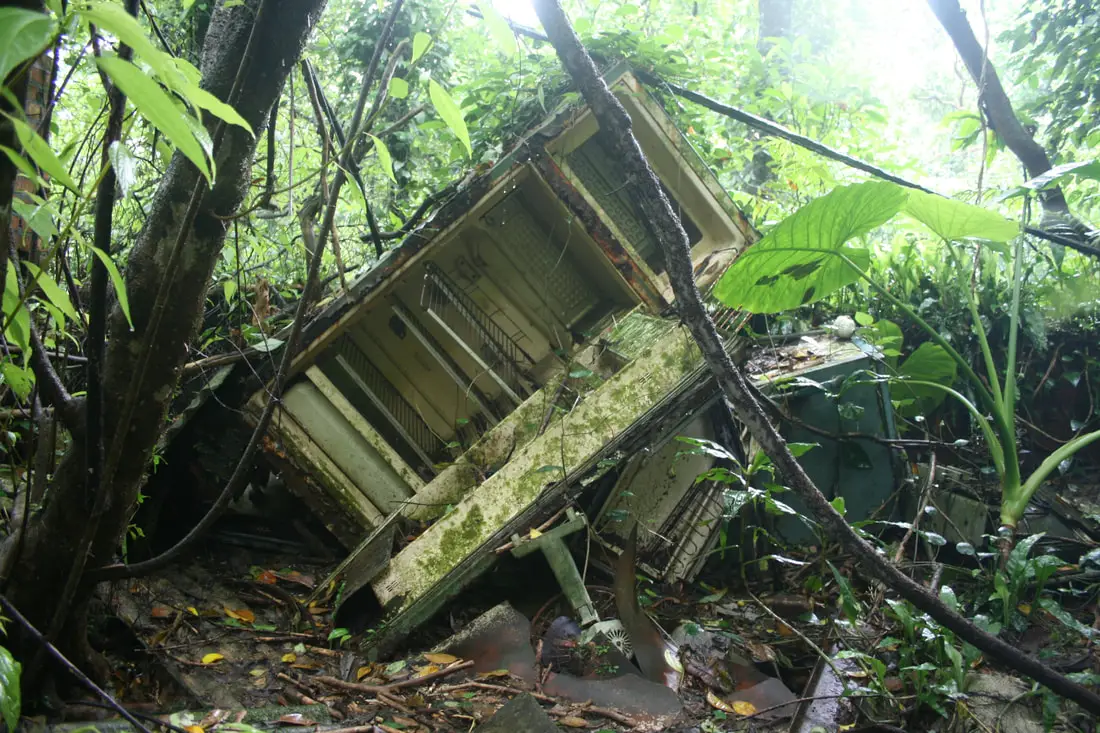
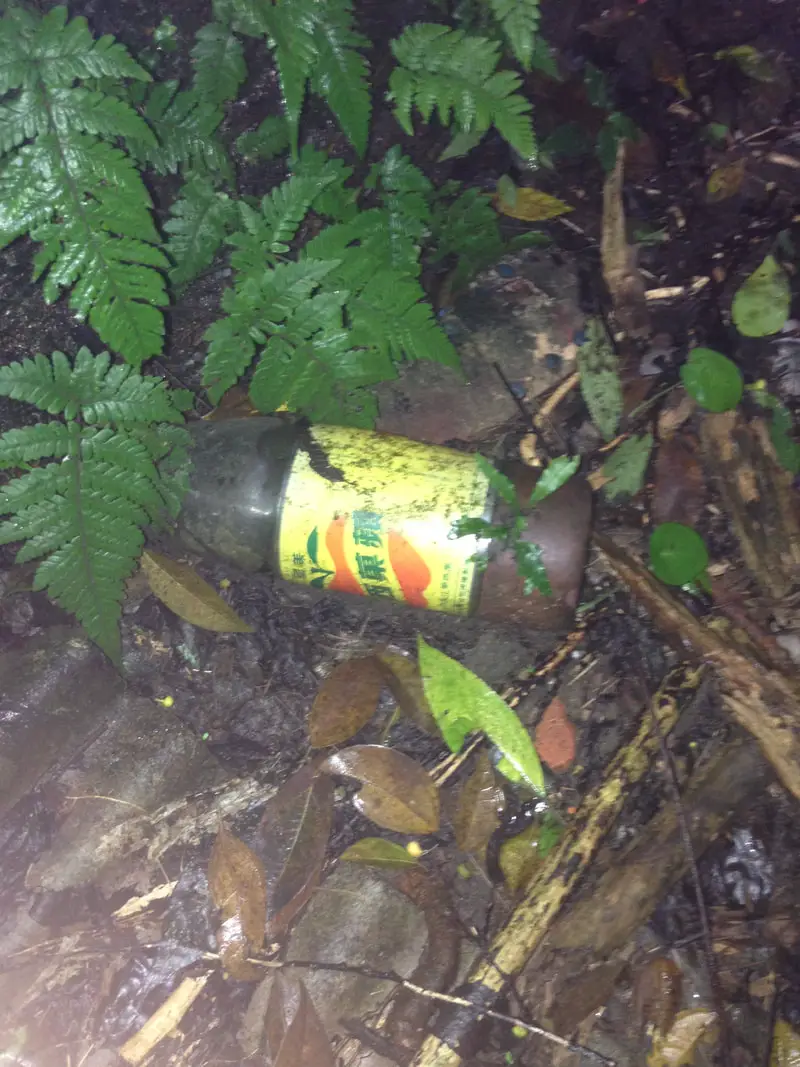
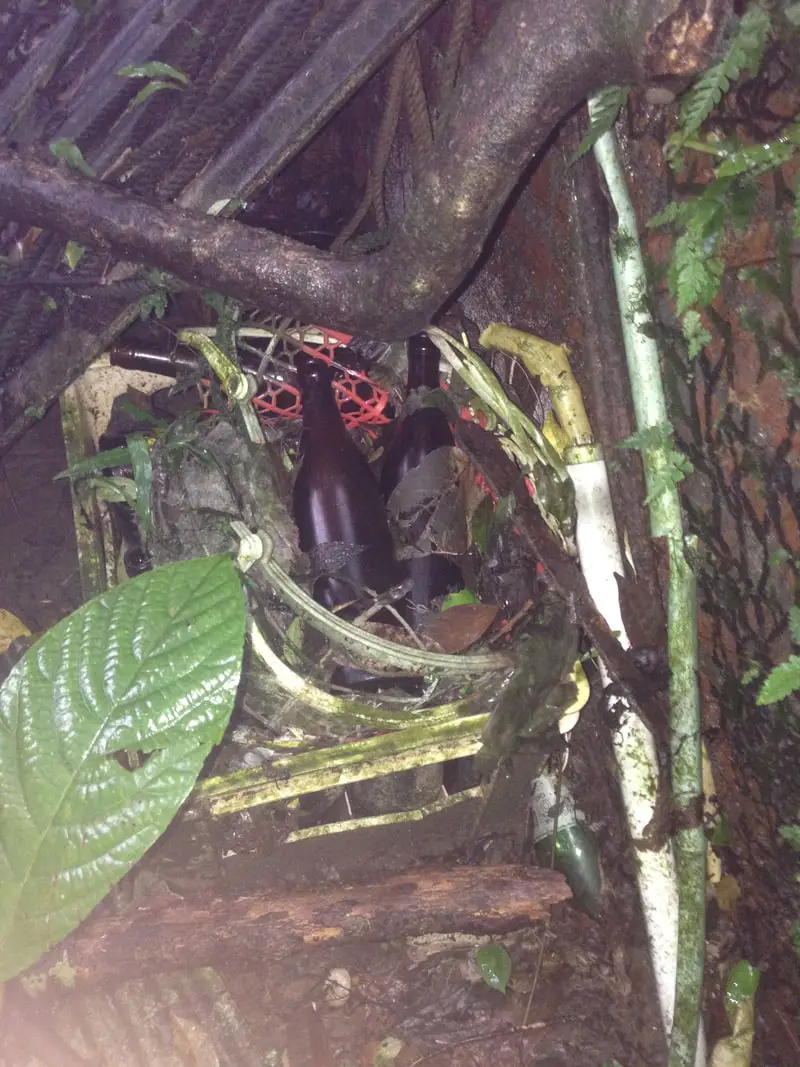
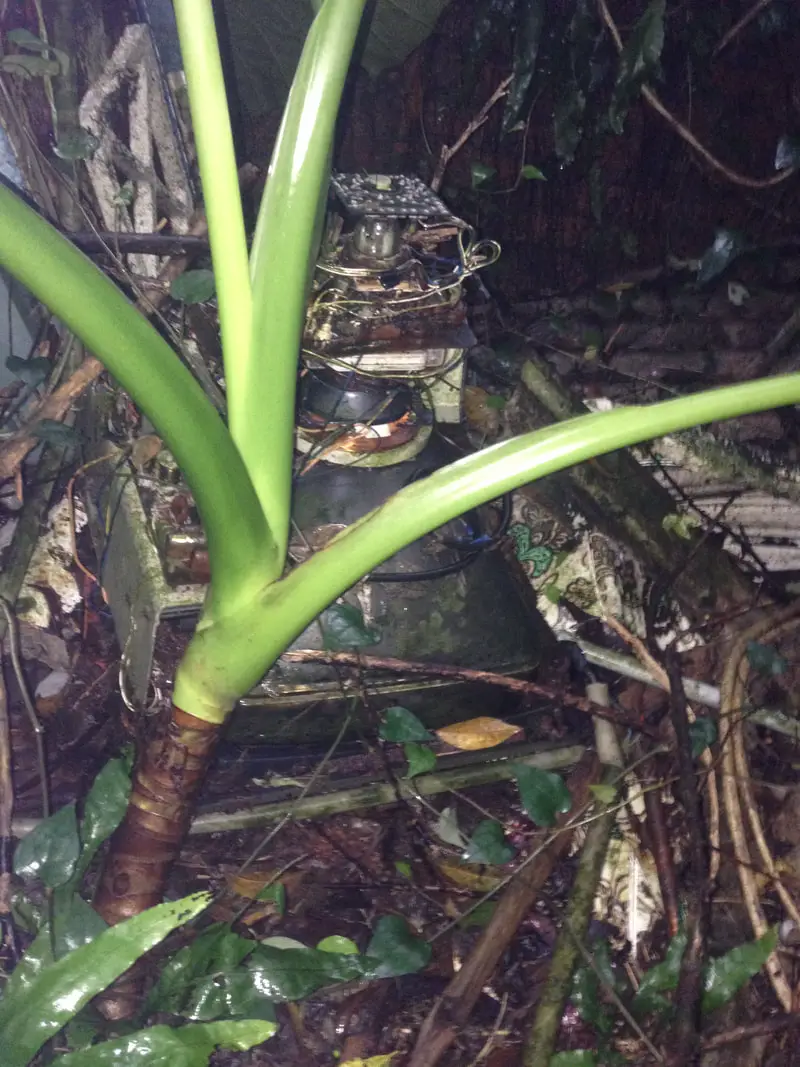


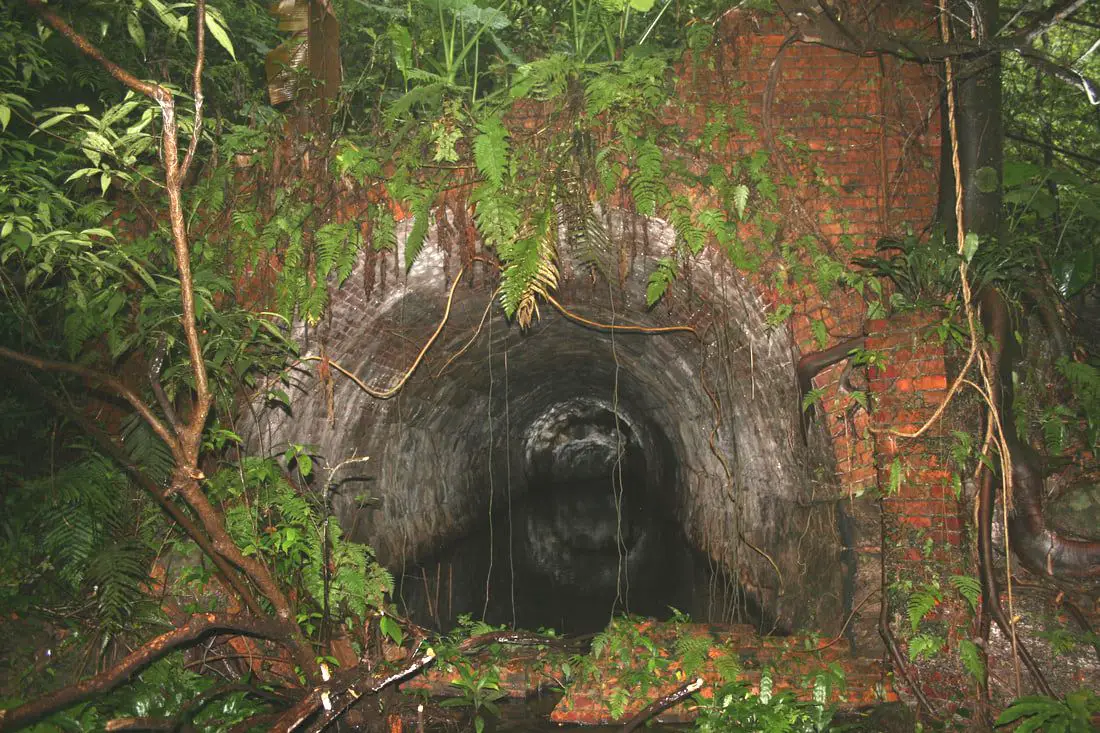
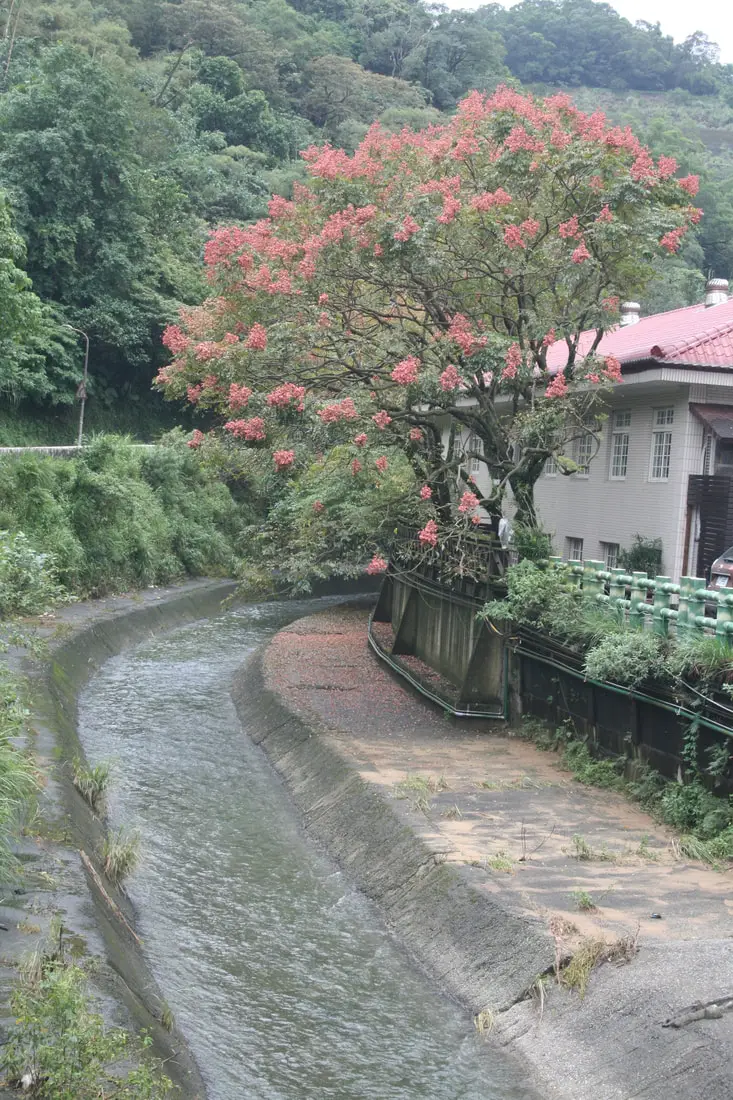
 RSS Feed
RSS Feed

